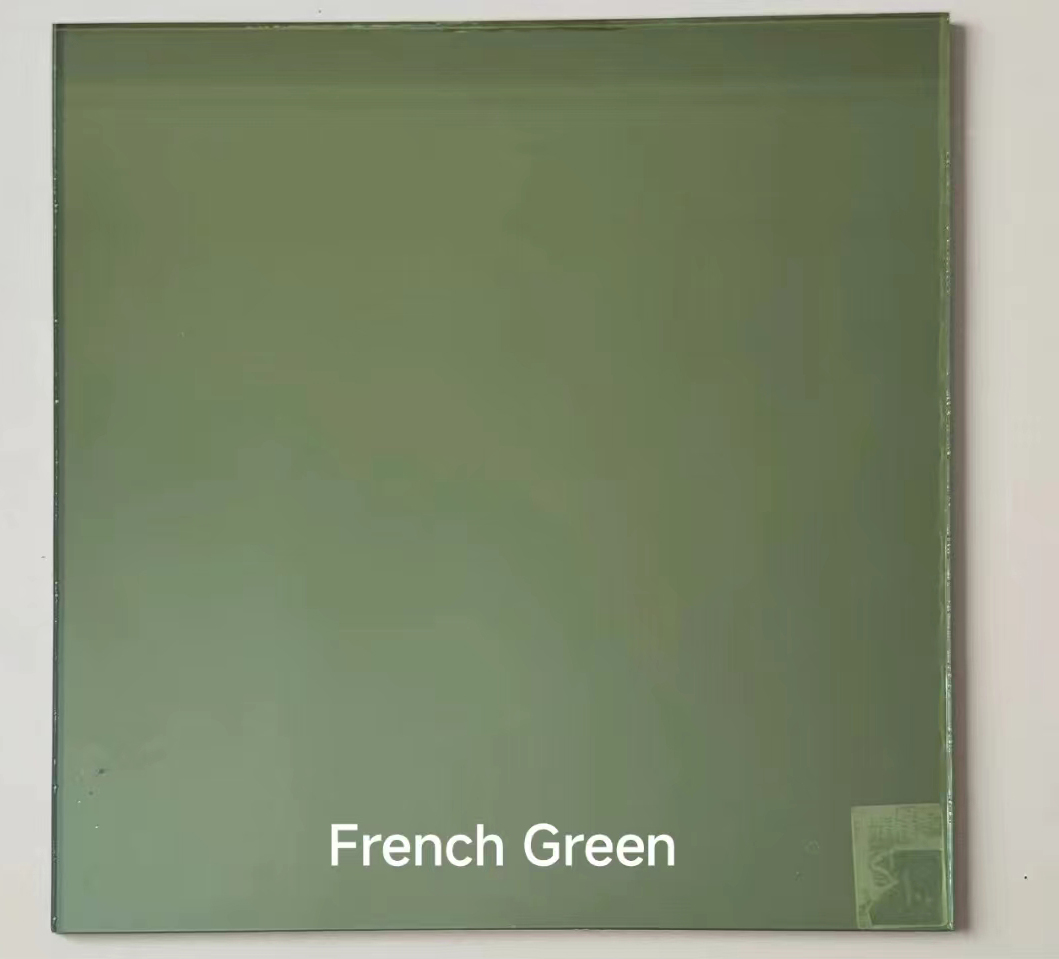

Understanding Mirror Glass Quality Key Factors and Considerations
Mirror glass is an essential component in various applications, from household mirrors to automotive mirrors, and even sophisticated instruments in the optical field. The quality of mirror glass can significantly influence both aesthetics and functionality. Therefore, it is crucial to understand the factors that contribute to mirror glass quality.
One of the primary aspects to consider when evaluating mirror glass quality is the clarity of reflection. High-quality mirror glass should provide a clear and distortion-free reflection. This clarity is often achieved through the use of high-grade glass that undergoes rigorous polishing and finishing processes. Cheaper alternatives may use lower-quality materials or insufficient polishing, leading to a blurred or distorted reflection. For consumers, this can mean the difference between a mirror that provides an accurate image and one that misrepresents reality.
Another critical factor is the type and quality of the reflective coating applied to the glass. Most modern mirrors utilize a silver or aluminum coating, which is then sealed with a protective layer. The thickness and uniformity of this coating can drastically affect the mirror's brightness and durability. High-quality mirrors will have a consistent coating that offers excellent reflectivity and resistance to wear, thus maintaining their appearance over time. In contrast, lower-quality mirrors may exhibit uneven coatings, resulting in patches that reflect poorly or tarnish easily.
Durability is also a key consideration when assessing mirror glass quality. Mirrors are susceptible to various environmental factors, including humidity and exposure to chemicals. High-quality mirrors are often treated to resist moisture and corrosion, ensuring they remain functional and visually appealing for longer periods. This is especially important in areas such as bathrooms, where humidity levels can fluctuate significantly. Opting for mirror glass with enhanced durability can save consumers from frequent replacements and repairs.

In addition to these technical aspects, the thickness of the mirror glass deserves attention. Thicker glass often provides greater durability and resistance to warping. It can also contribute to a more solid feel and appearance, enhancing the overall aesthetic of the product. For instance, in high-end decorative mirrors, manufacturers often choose thicker glass to ensure longevity and quality, while cheaper, thin glass may lead to a flimsy and less appealing product.
Furthermore, the manufacturing process plays a pivotal role in determining the quality of mirror glass. Techniques such as float glass manufacturing produce a smoother and more consistent surface compared to other methods. The precision involved in the glazing and cutting processes also impacts the final product's quality. High-quality manufacturers invest in advanced technology and skilled labor to ensure that each mirror meets strict quality standards.
In addition to the technical specifications, aesthetic attributes such as style and design can influence consumer perceptions of mirror glass quality. The frame, shape, and finish of the mirror can enhance or detract from its overall appeal. A well-designed mirror made of high-quality glass can serve as a focal point in a room, while a poorly made product can become an eyesore.
In conclusion, when considering mirror glass quality, it is essential to look beyond just the reflection. Factors such as clarity, coating, durability, thickness, and manufacturing processes all play vital roles in defining what constitutes high-quality mirror glass. By understanding these elements, consumers can make informed choices, ensuring they invest in mirrors that not only look great but also perform well over time. Whether for practical use or decorative purposes, prioritizing quality in mirror glass will inevitably enhance both its functionality and style.